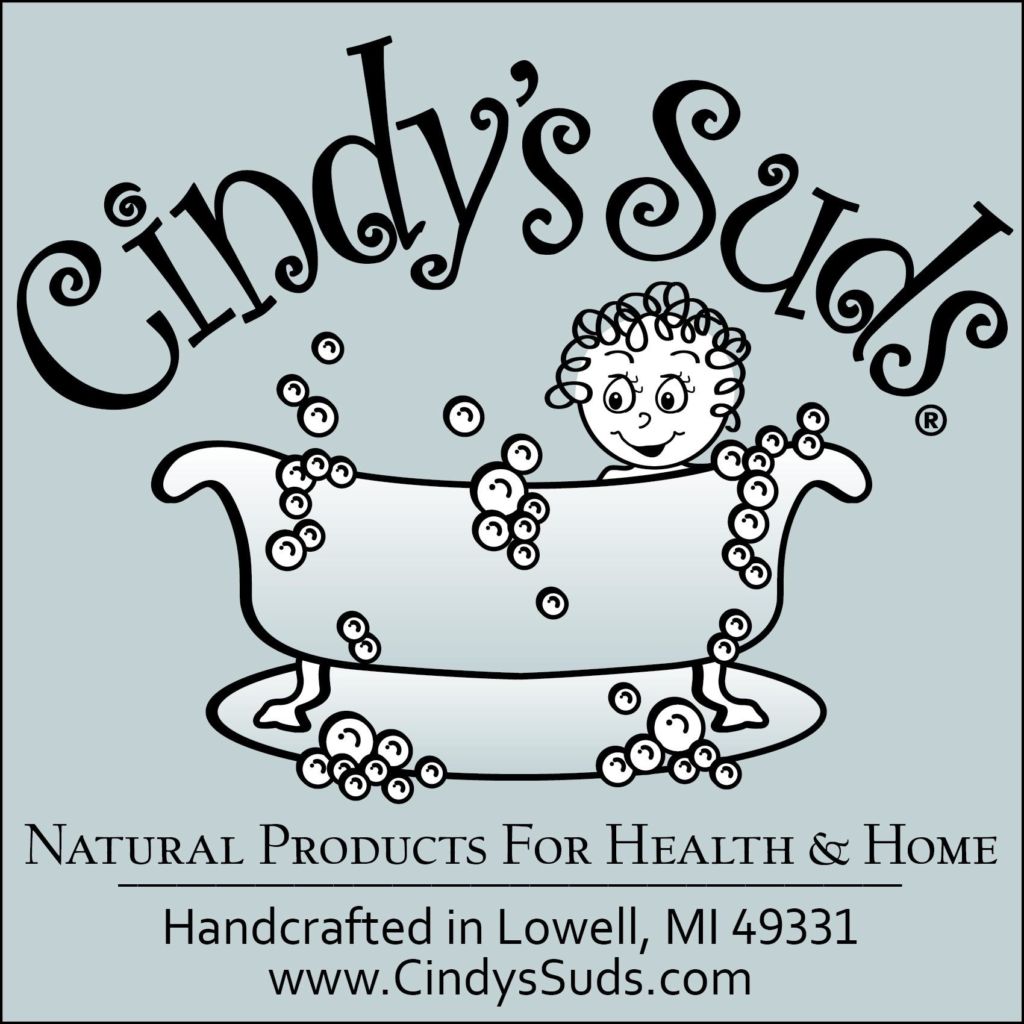Podcast Episode #11: Trust Your Gut

In this episode of Ask the Doulas, Alyssa talks with Cindy about the importance of trusting your gut instincts as a mom. You can also listen to this podcast on iTunes. Alyssa: Hi, welcome to Ask the Doulas. I am Alyssa, co-owner and postpartum doula at Gold Coast Doulas. Today’s show is sponsored by Cindy’s […]
Podcast Episode #10: Dealing with Modern Medicine and Your Mother-in-Law

On this episode of Ask the Doulas, Alyssa and Cindy talk about dealing with input from family members, including your mother-in-law, about parenting and about the role modern medicine plays in being a parent. You can also listen to the podcast on iTunes. Alyssa: Hi, welcome to Ask the Doulas with Gold Coast Doulas! This […]
Tandem Nursing
This article was written about four years ago by Kristin when she was tandem nursing both of her children. She recently stumbled upon it and we thought it would be a beautiful piece to share with all of you! I never imagined myself as a tandem nursing mom, it just worked out that way. My […]
Podcast Episode #9: How to Handle a Six-Week NICU Stay

On this episode of Ask the Doulas, Tricia talks about her experience with her twins staying in the NICU for six weeks. You can also listen to this podcast on iTunes. Alyssa: Hi, welcome to another episode of Ask the Doulas with Gold Coast Doulas. I am Alyssa, co-owner and postpartum doula, and today we’re […]
